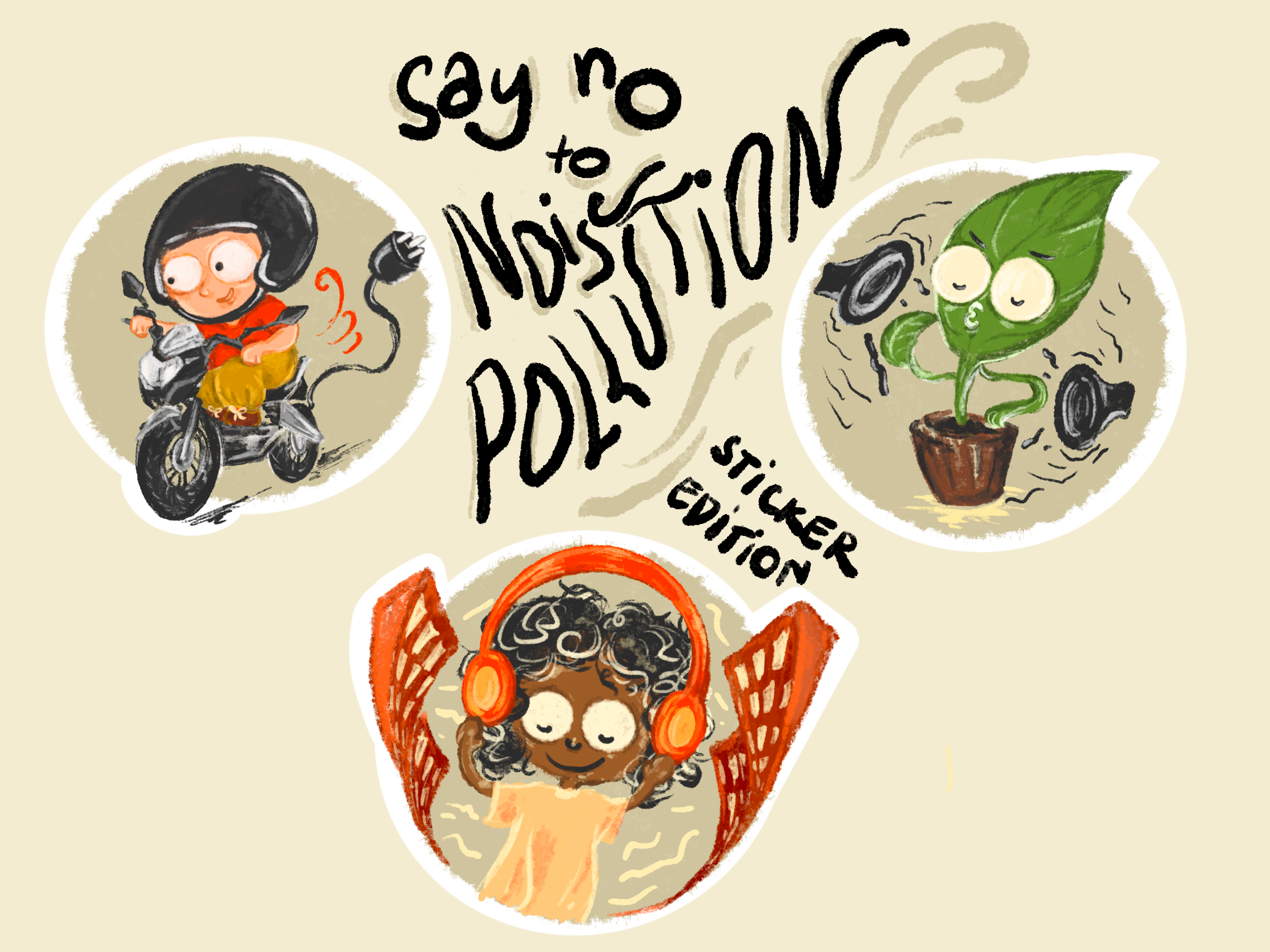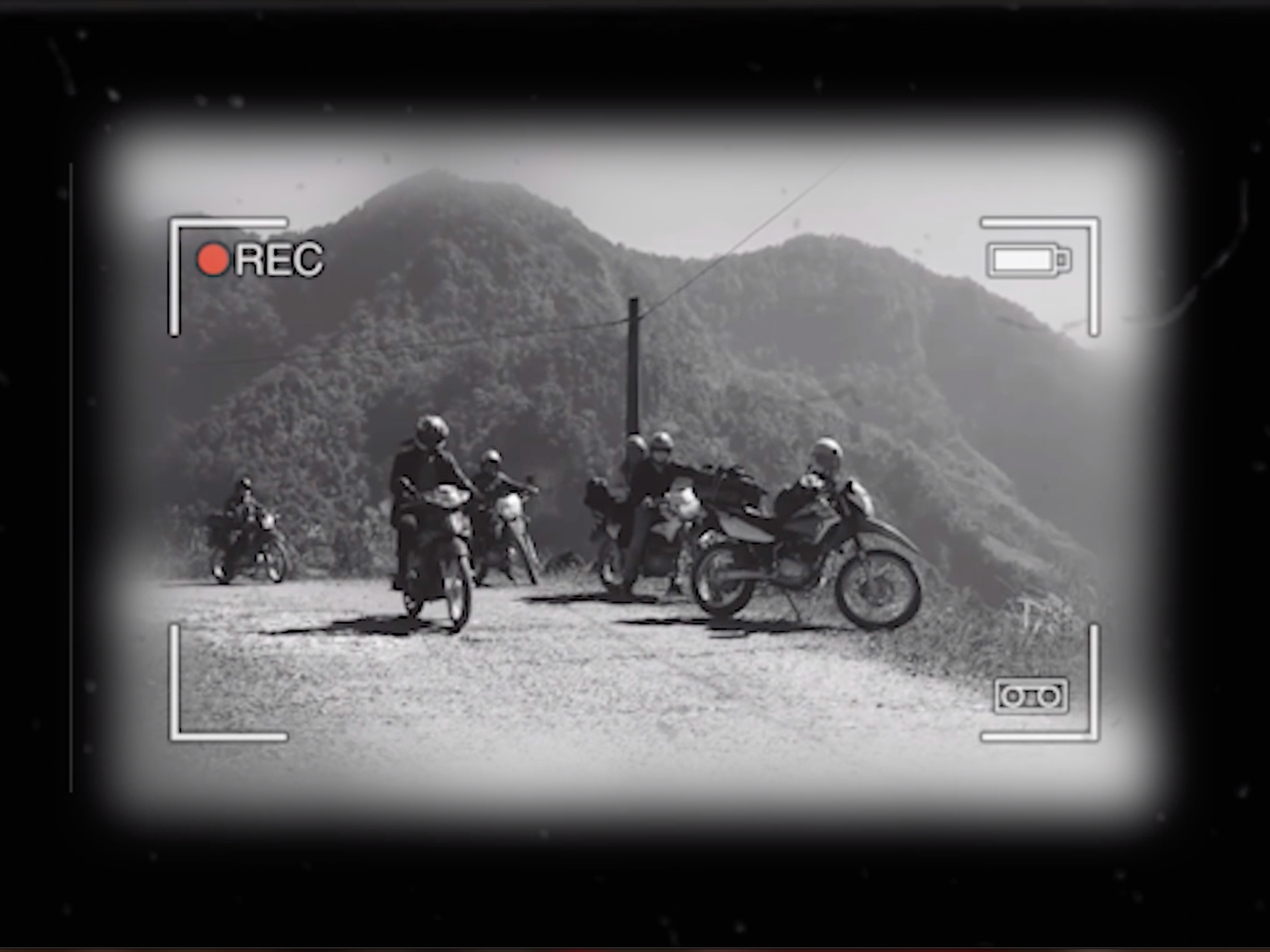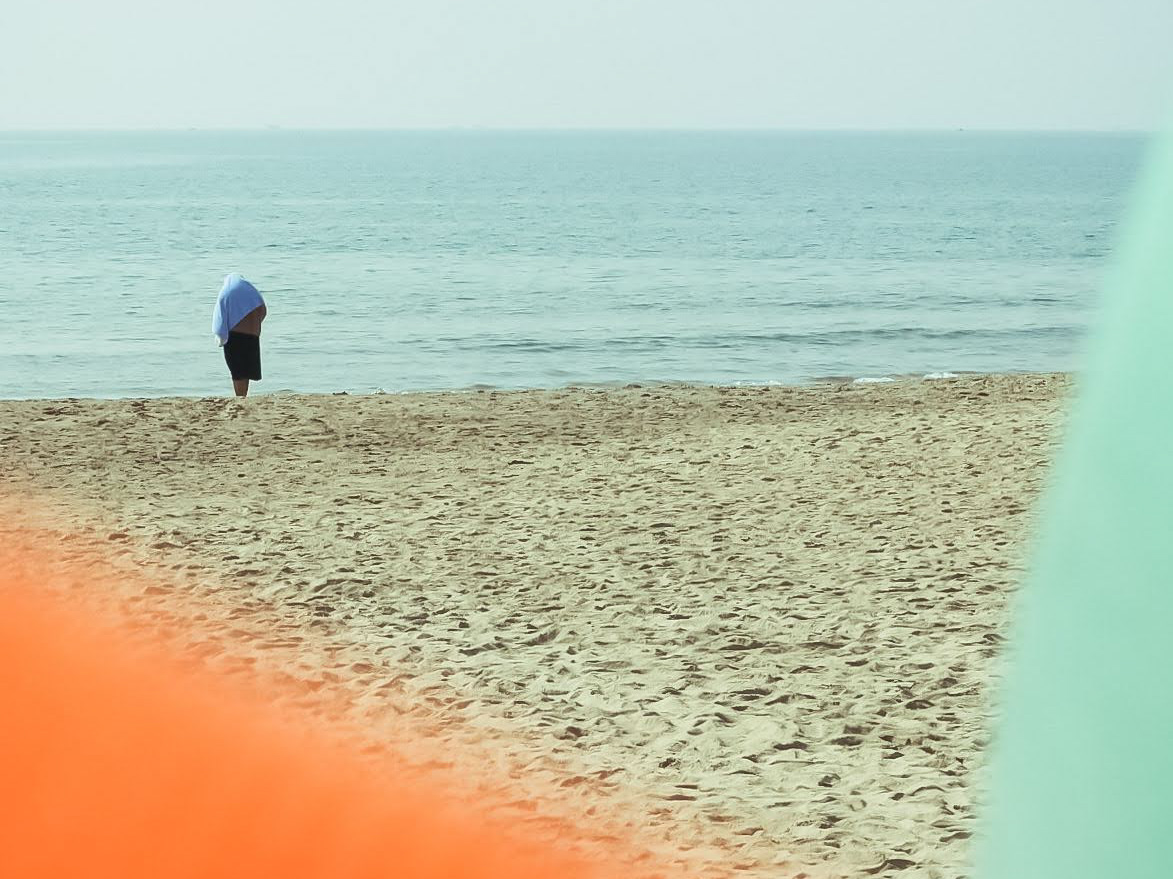Parasite Exhibition 2020
Entrapment
Humanity Who?
Mediocrity: The Grand Escape
Look Closer
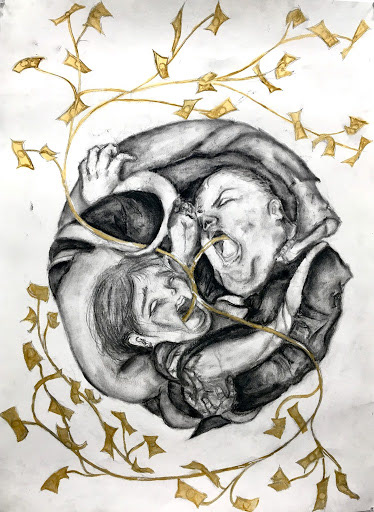
Parasitic Cycle
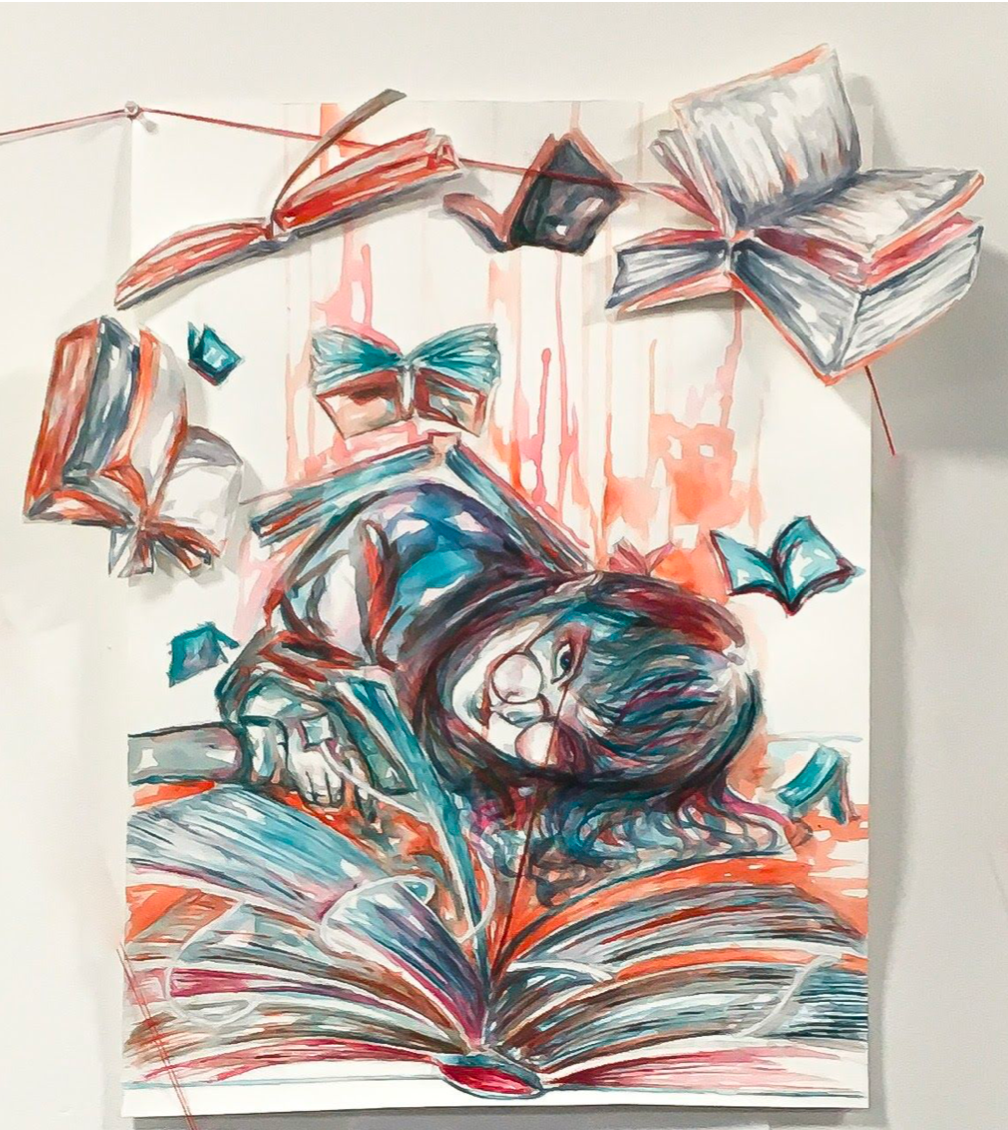
Life Source
Once Upon A Society
It's A Natural World After All
Centered by the nature of surviving, the exhibition explored the relationship between humanity and society under the metaphorical representation of parasites. Having film as my strongest interest, I took Bong Joon Ho’s Oscar-winning film of the same title, Parasite, as the primary inspiration. Since Bong only focused on portraying the rich-poor social scenarios, I expanded my perception onto a more universal scope where the inner side of humans was exposed in their truest form throughout a variety of different aspects, both individually and as a whole. In one way or another, humans take on the roles of both the host and parasite depending on different goals they are having.
Watercolor and acrylic were the two main mediums being used for the majority of the exhibition artworks. Apart from being my strength, watercolor’s solubility, flow as well as transparency also highlighted the delicacy and multilayers effect within each painting. After several trials of experimentation, I decided to use acrylic as an additional medium by mixing a larger proportion of water for the watercolor-like blending effect. This increases the saturation of the tones while still maintaining the value and contrast between them.
Co-dependence was my motif in depicting the parasitic connection between both human beings and other factors, and between ourselves. In all of my exhibition artworks, no life was able to flourish without reliance on another life. For this reason, all 8 pieces were always a combination of 2 opposing subject matters. My 4th piece, Parasitic Cycle, was an embodiment of both the poor and rich wrapping around one another to become as one single figure. Painted in charcoal with a golden pastel color touch, it indicated the ugly truth of humanity overweighing their social status: while the poor had its life dependent on the rich and vice versa, money was the hidden backbone of this flourishment. The idea of economic agriculture where nurturing money is essential for keeping both sides alive was metaphorically illustrated through the golden money tree growing out from the mouths. Since money was the only colored subject matter, it was put into the spotlight as the biggest parasite of our modern society.
While humans acted as the main subject, animals and surrealistic subjects also took on the role of figurative portrayal for them as a way of emphasizing the satire of the society we are living in. This was demonstrated in my 6th and 7th works: while the act of nurturing “phone-plant” was mournfully mocked in It’s a natural world after all, The Bigger Picture, on the other hand, put its attention towards the rotten face of capitalization under the mask of supporting one another through the representation of mice. In addition, strong abstract duotones were used to signify the message behind each imageries. For instance, olive green was used for depicting the “phone-plant”, a man-made product, as the organic element, contradict to the anonymous human figure that was mainly painted in dark grey and sangria tone. Meanwhile, the indigo and violet undertones in the other work indicated the hallucinating act of humanity .
The exhibition was displayed as a crime map - an ultimate search for the wanted parasite under the mask of a camouflage. Who’s the host? Who’s the parasite? This question essentially made the audience put on their detective hat onto solving the society’s puzzle through abstract symbolic representations. Particularly, 2 of the foam board paintings were hung with transparent string on the higher outer left and right, representing the 2 suspects, Mind and Soul, while the rest which were done on watercolor paper were evenly distributed in the middle area as the victims. Due to the variety of colors and significant details, Humanity Who? was placed at the center to create a more harmonized look between it and the other 5 surrounding paintings while still maintaining a focus on the piece itself. In order to balance the overall display more symmetrically, my 6th and 7th art pieces were placed diagonally to each other due to their unique compositions: the cat-mice on the upper right side of the center painting while phone-plant on lower left side. Red strings completed the crime map by randomly connecting the victim artworks with one another.
Sketches
